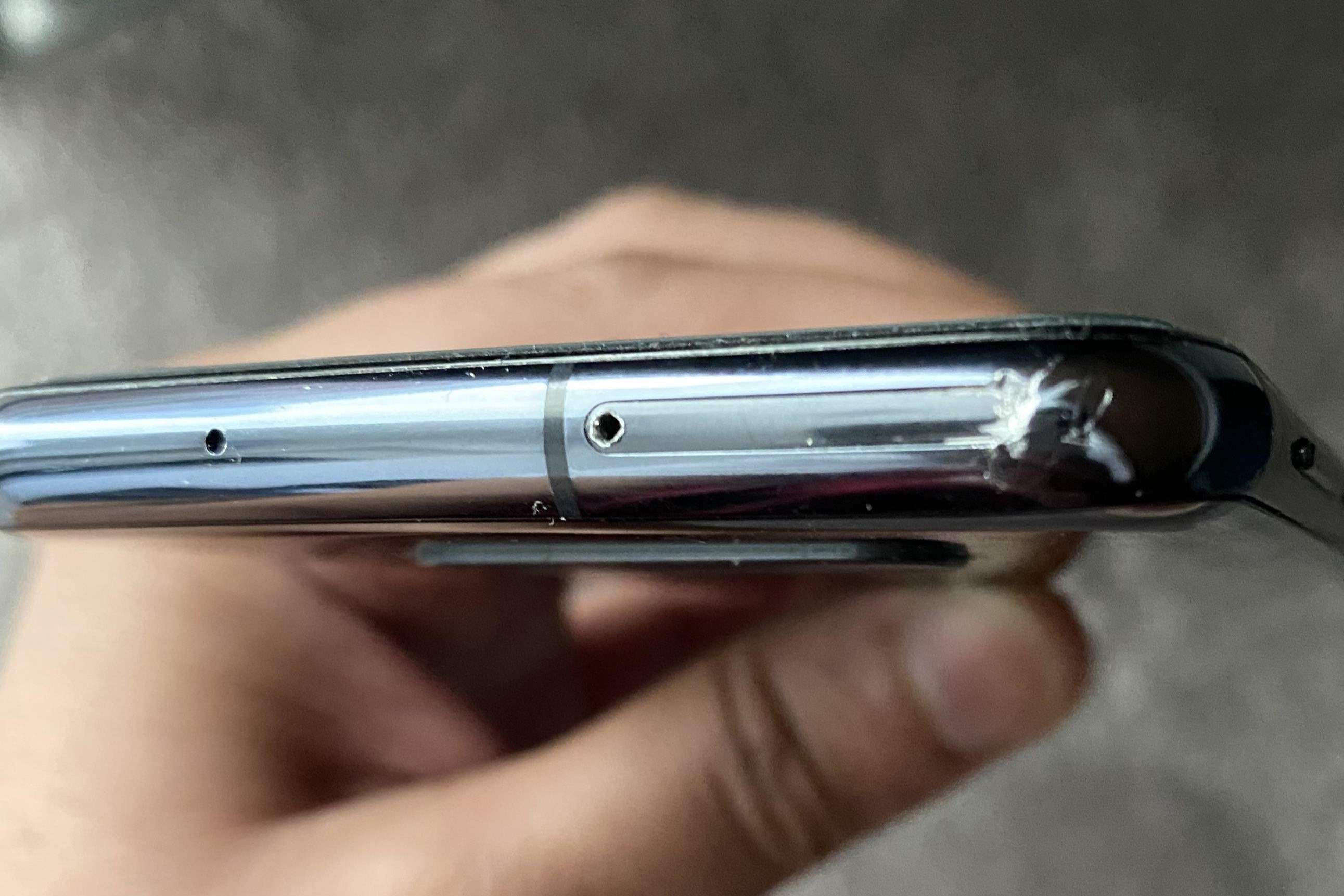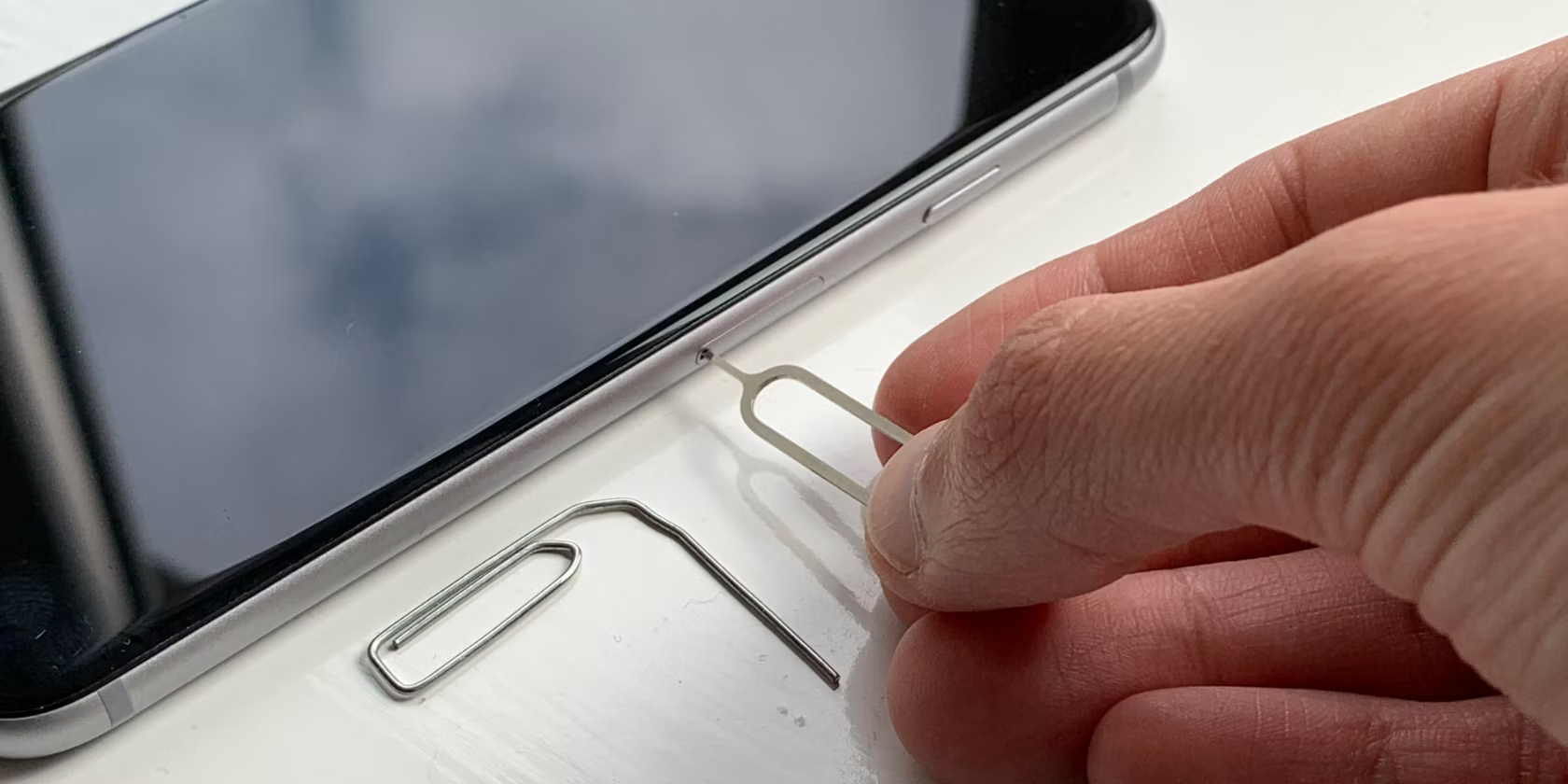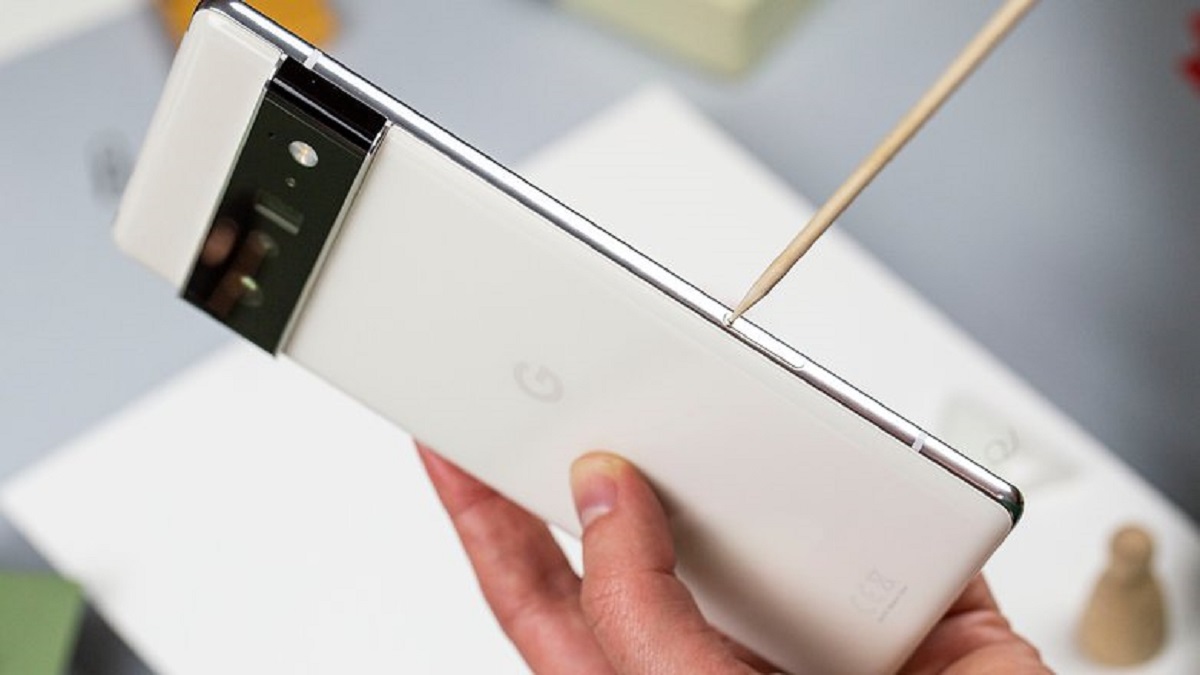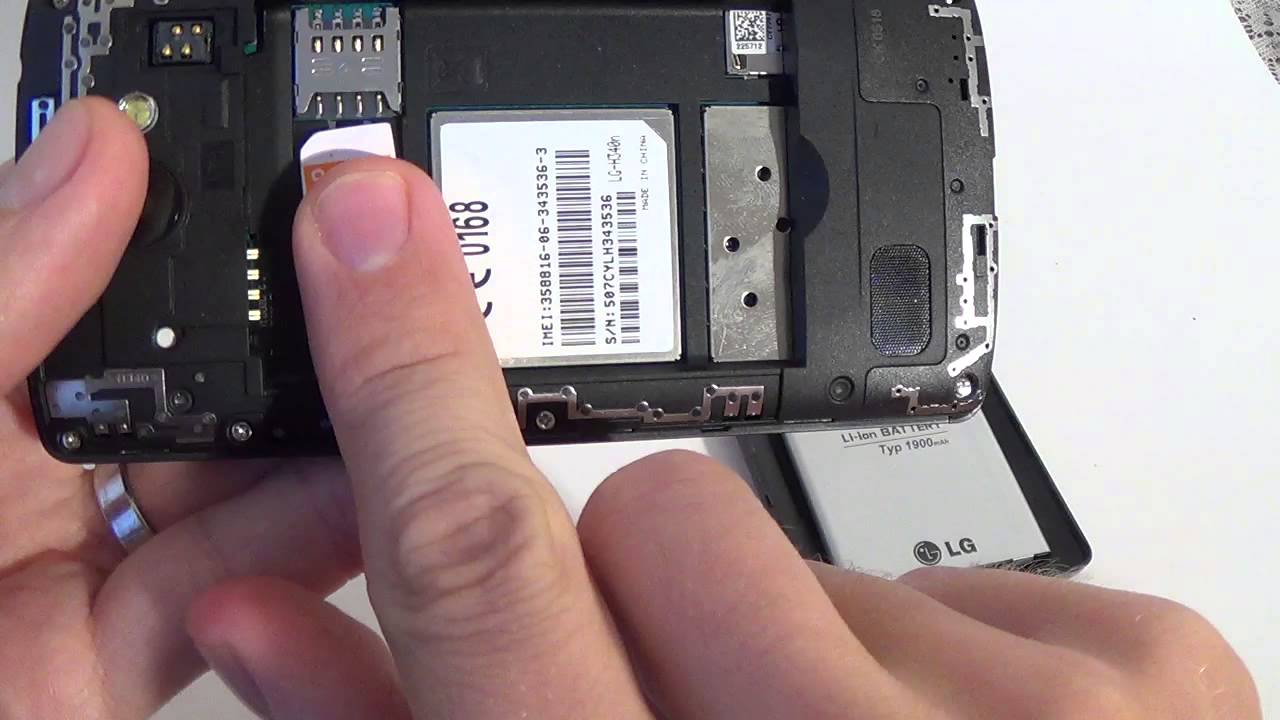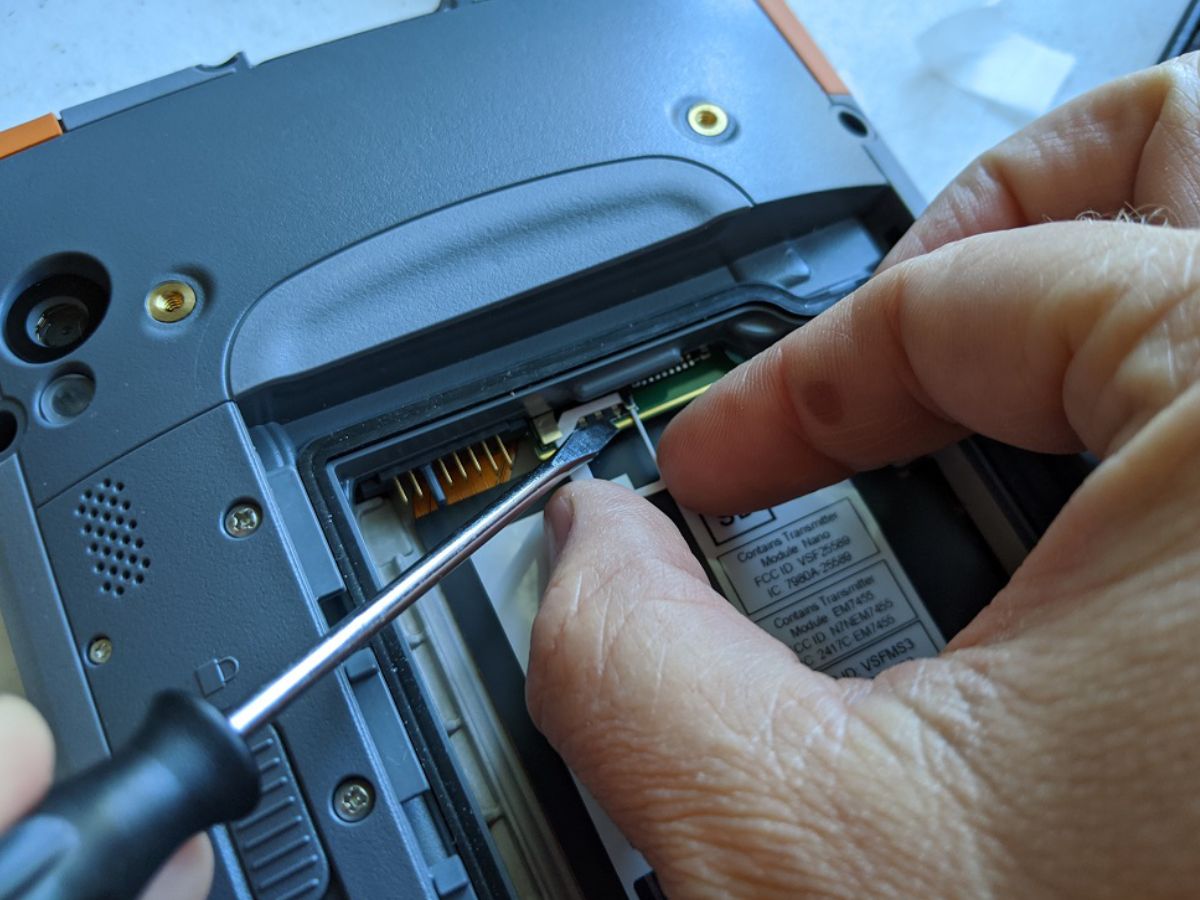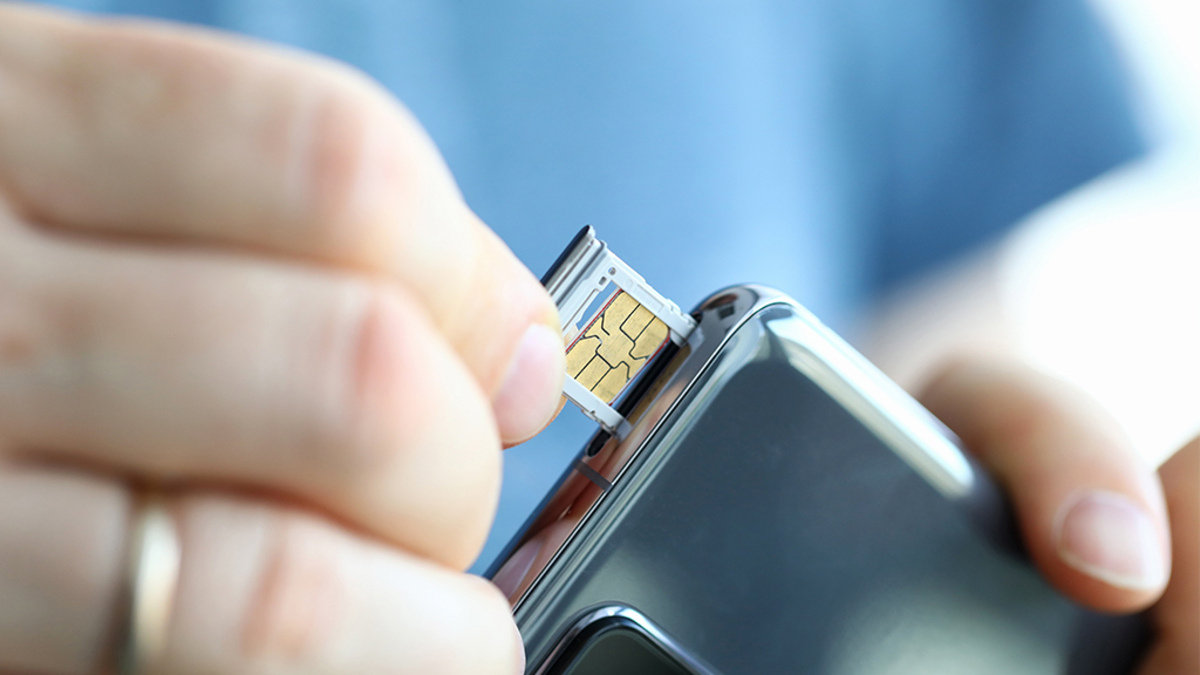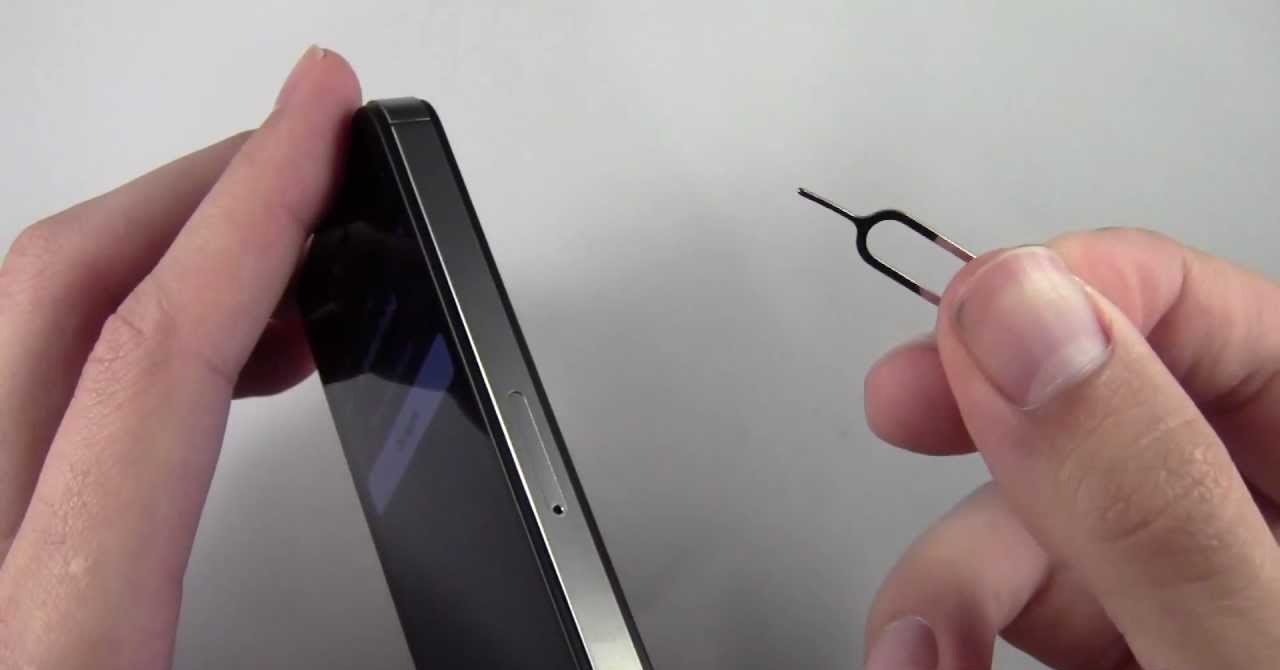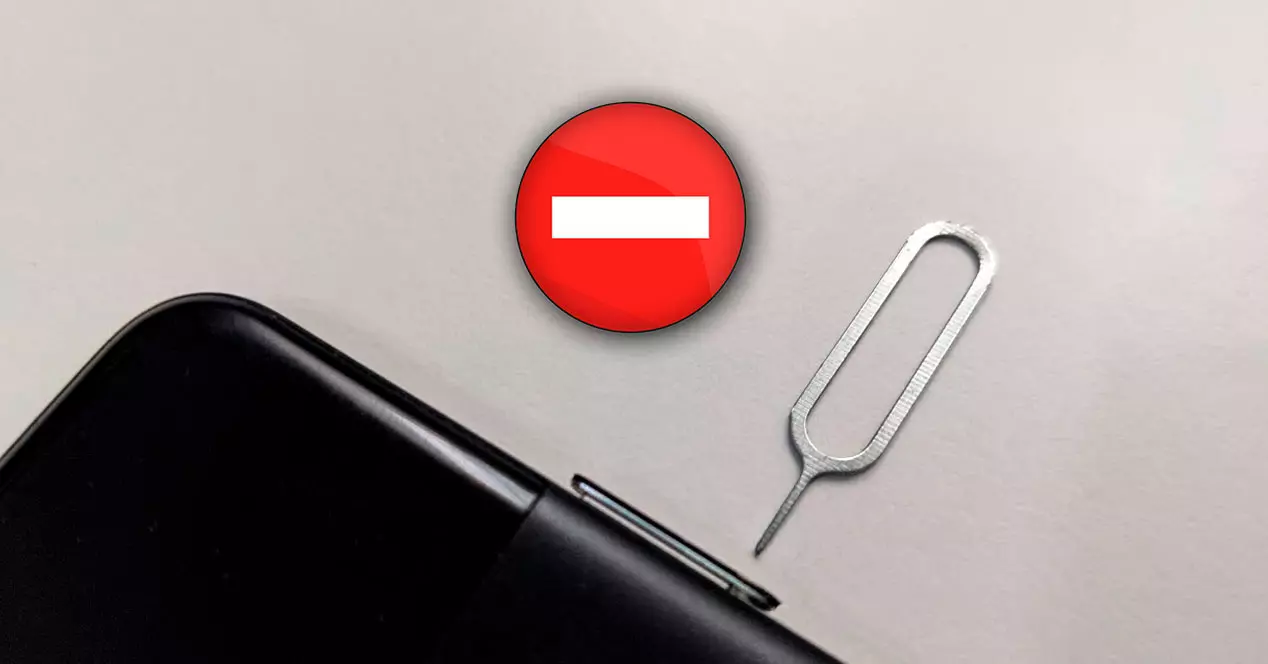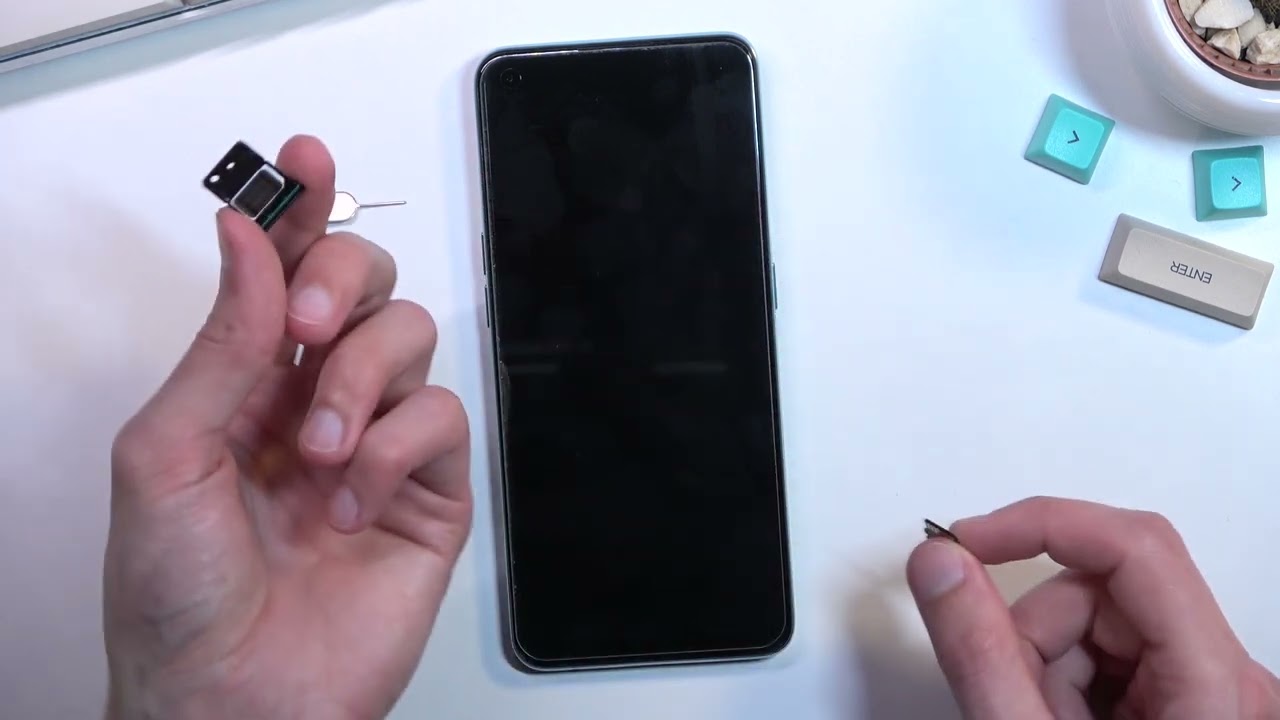Introduction
A stuck SIM card tray can be an exasperating issue for mobile device users. It can hinder the ability to switch or upgrade devices, make calls, or access mobile data. When faced with this predicament, it's crucial to remain calm and approach the situation with a methodical troubleshooting process. This article will guide you through the steps to address a stuck SIM card tray, providing practical solutions to resolve the issue. Whether you're a tech-savvy individual or someone who prefers to leave device troubleshooting to the professionals, this guide aims to equip you with the knowledge to tackle this common problem.
The process of troubleshooting a stuck SIM card tray involves simple yet effective techniques that can be performed with readily available tools. By following the steps outlined in this article, you can potentially save time and money by resolving the issue independently. However, it's important to exercise caution and patience when attempting to fix a stuck SIM card tray, as excessive force or improper techniques can potentially damage the device.
With a clear understanding of the steps involved in troubleshooting a stuck SIM card tray, you'll be better equipped to tackle this issue should it arise in the future. By familiarizing yourself with these troubleshooting methods, you can gain confidence in addressing similar challenges with your mobile device. Now, let's delve into the step-by-step process of resolving a stuck SIM card tray, empowering you to take control of the situation and regain seamless access to your device's SIM card slot.
Step 1: Assessing the Situation
Before embarking on the troubleshooting journey to resolve a stuck SIM card tray, it's essential to carefully assess the situation. Start by examining the external features of your mobile device, paying close attention to the SIM card tray slot. Check for any visible signs of damage, such as dents, scratches, or misalignment. Additionally, take note of any obstructions that may be hindering the smooth operation of the SIM card tray.
Next, consider the recent history of the device. Reflect on any potential incidents or mishandling that could have led to the SIM card tray becoming stuck. For instance, if the device was dropped or exposed to moisture, these factors could have contributed to the current issue.
Furthermore, it's important to ascertain whether the device is still under warranty or covered by an insurance plan. If so, reaching out to the manufacturer or authorized service provider may be the most prudent course of action. Attempting to resolve the issue independently could void the warranty or insurance coverage, potentially leading to additional expenses for repairs.
In addition to the physical assessment, consider the operational status of the device. Are you experiencing any other issues with the device's functionality, or is the stuck SIM card tray the sole concern? Understanding the broader context of the device's performance can provide valuable insights into the underlying cause of the problem.
By thoroughly assessing the situation, you can gain a comprehensive understanding of the factors contributing to the stuck SIM card tray. This initial step sets the stage for the subsequent troubleshooting methods, enabling you to approach the issue with a clear and informed perspective. Through careful observation and consideration, you can lay the groundwork for a systematic approach to resolving the problem, ultimately leading to a successful outcome.
Step 2: Using a SIM Card Ejector Tool
When confronted with a stuck SIM card tray, utilizing a SIM card ejector tool is a practical and widely recommended approach. This specialized tool, often provided by manufacturers alongside the mobile device, is designed to safely and effectively eject the SIM card tray without causing damage to the device. If the original ejector tool is unavailable, a suitable alternative can be obtained from mobile accessory stores or online retailers.
To initiate the process, locate the small pinhole near the SIM card tray slot on your device. This pinhole serves as the entry point for the SIM card ejector tool. Insert the ejector tool into the pinhole, applying gentle and consistent pressure. It's important to maintain a steady hand and avoid excessive force, as this could lead to unintended damage to the device.
As the ejector tool is inserted, a slight resistance may be felt before the SIM card tray begins to disengage. With a subtle maneuver, the tray should gradually slide out from the device, allowing access to the SIM card compartment. Exercise patience during this step, as rushing the process could result in further complications.
Once the SIM card tray is partially ejected, carefully grasp and remove it from the device. Take note of the orientation of the SIM card within the tray, ensuring that it can be reinserted correctly after troubleshooting. Inspect the tray and the surrounding area for any debris or foreign objects that may have contributed to the initial obstruction.
After addressing any potential obstructions, gently realign the SIM card tray with the slot and proceed to carefully insert it back into the device. Ensure that the tray slides smoothly and securely back into place, indicating a successful resolution to the issue.
By utilizing a SIM card ejector tool, you can navigate the process of resolving a stuck SIM card tray with precision and minimal risk. This method leverages the intended design of the ejector tool to safely dislodge the tray, offering a straightforward solution that aligns with manufacturer recommendations. With a methodical approach and attention to detail, using a SIM card ejector tool can effectively restore seamless access to the SIM card slot, allowing you to resume normal use of your mobile device.
Step 3: Using a Paperclip or Needle
When faced with a stuck SIM card tray and lacking a SIM card ejector tool, an alternative method involves utilizing a common household item such as a paperclip or needle. While this approach may seem unconventional, it can serve as an effective makeshift solution to dislodge the stuck SIM card tray.
To commence the process, select a sturdy paperclip or a thin needle that can be maneuvered with precision. It's important to exercise caution and ensure that the chosen item is clean and free of any sharp edges or protrusions that could potentially damage the device.
Once the appropriate tool is selected, carefully straighten the paperclip or needle to create a slender, elongated instrument. This modified tool will serve as the means to access the SIM card tray slot and apply gentle pressure to dislodge the obstruction.
Locate the small pinhole near the SIM card tray slot on your device, serving as the entry point for the paperclip or needle. With steady hands and a delicate touch, insert the modified tool into the pinhole, taking care to align it with the internal mechanism of the SIM card tray.
As the paperclip or needle is inserted, a subtle resistance may be encountered, signaling the engagement with the tray's release mechanism. Apply gentle pressure and maneuver the tool with precision, maintaining a patient and methodical approach to avoid causing unintended damage to the device.
Upon successful engagement with the tray's release mechanism, the SIM card tray should gradually begin to disengage from the device. Exercise patience and continue to apply gentle pressure, allowing the tray to slide out smoothly, providing access to the SIM card compartment.
Once the SIM card tray is partially ejected, carefully remove it from the device, taking note of the SIM card's orientation within the tray. Inspect the tray and the surrounding area for any debris or foreign objects that may have contributed to the initial obstruction.
After addressing any potential obstructions, gently realign the SIM card tray with the slot and proceed to carefully insert it back into the device. Ensure that the tray slides securely back into place, indicating a successful resolution to the issue.
By leveraging a paperclip or needle as a makeshift tool, you can effectively navigate the process of resolving a stuck SIM card tray when a SIM card ejector tool is unavailable. This resourceful approach showcases the adaptability of common household items in addressing device-related challenges, offering a practical solution that can be implemented with care and precision. With attention to detail and a methodical approach, utilizing a paperclip or needle can serve as a viable alternative to restore seamless access to the SIM card slot, facilitating the continued use of your mobile device.
Step 4: Using Compressed Air
In the event of a stuck SIM card tray, employing compressed air can serve as an effective method to dislodge potential obstructions and restore the smooth operation of the SIM card slot. This approach leverages the force of compressed air to dislodge any debris or foreign particles that may be impeding the movement of the SIM card tray, offering a non-invasive and practical solution to the issue.
To initiate the process, obtain a canister of compressed air, readily available at electronic stores or online retailers. Ensure that the canister is equipped with a narrow nozzle attachment, designed to deliver a concentrated stream of compressed air to the targeted area. It's important to handle the canister with care and adhere to the manufacturer's instructions regarding proper usage and handling.
With the mobile device positioned in a stable and secure manner, carefully aim the narrow nozzle of the compressed air canister towards the SIM card tray slot. Maintain a safe distance to avoid direct contact between the nozzle and the device, minimizing the risk of causing damage to delicate components.
Depress the nozzle to release a controlled burst of compressed air into the SIM card tray slot. The force of the compressed air is intended to dislodge any accumulated debris or foreign particles that may be obstructing the movement of the SIM card tray. Exercise caution and moderation when administering the compressed air, ensuring that the force applied is sufficient to address the obstruction while avoiding excessive pressure that could potentially damage the device.
As the compressed air is directed into the slot, observe any visible signs of debris or particles being dislodged from the area surrounding the SIM card tray. The controlled stream of compressed air can effectively dislodge and expel obstructions, clearing the path for the smooth movement of the tray within the device.
Following the application of compressed air, carefully attempt to eject the SIM card tray using the designated ejector tool or alternative method. Exercise patience and avoid applying excessive force, allowing the effects of the compressed air to facilitate the smooth disengagement of the tray.
By leveraging the force of compressed air, you can effectively address a stuck SIM card tray with a non-invasive and practical approach. This method harnesses the power of compressed air to dislodge potential obstructions, offering a gentle yet effective solution to restore seamless access to the SIM card slot. With a methodical and cautious approach, utilizing compressed air can serve as a valuable troubleshooting technique, enabling you to navigate and resolve the issue with confidence and precision.
Step 5: Seeking Professional Help
In instances where the aforementioned troubleshooting methods have been exhausted without success, or if you are hesitant to attempt DIY solutions, seeking professional assistance is a prudent course of action. Professional technicians possess the expertise and specialized tools necessary to address complex issues related to mobile devices, including the dislodging of a stuck SIM card tray.
When opting for professional help, consider reaching out to authorized service centers or reputable mobile device repair providers. These establishments often employ certified technicians who are well-versed in handling a wide range of device-related issues. By entrusting your device to qualified professionals, you can have confidence in the application of industry-standard practices and the utilization of appropriate tools for resolving the stuck SIM card tray.
Upon engaging the services of a professional technician, it's essential to communicate the details of the issue with clarity and precision. Provide a comprehensive account of the troubleshooting methods you have attempted, along with any observations regarding the behavior of the device. This information can offer valuable insights to the technician, enabling them to formulate an informed approach to addressing the stuck SIM card tray.
Professional technicians may employ advanced diagnostic techniques to assess the underlying cause of the issue, identifying any internal factors contributing to the obstruction of the SIM card tray. Through meticulous examination and testing, they can pinpoint the precise source of the problem, facilitating the implementation of targeted solutions tailored to your specific device.
In some cases, professional assistance may involve the disassembly and reassembly of the device to access and rectify the underlying issue. This intricate process demands precision and expertise to ensure the integrity of the device is maintained throughout the repair procedure. By entrusting your device to qualified professionals, you can mitigate the risk of inadvertent damage and benefit from the application of specialized knowledge in resolving the stuck SIM card tray.
Ultimately, seeking professional help offers a reliable and comprehensive approach to addressing a stuck SIM card tray, particularly when DIY methods have proven ineffective or if you prefer to entrust the resolution to experienced professionals. By leveraging the expertise of certified technicians and availing of professional repair services, you can navigate the process with confidence, knowing that your device is in capable hands.







